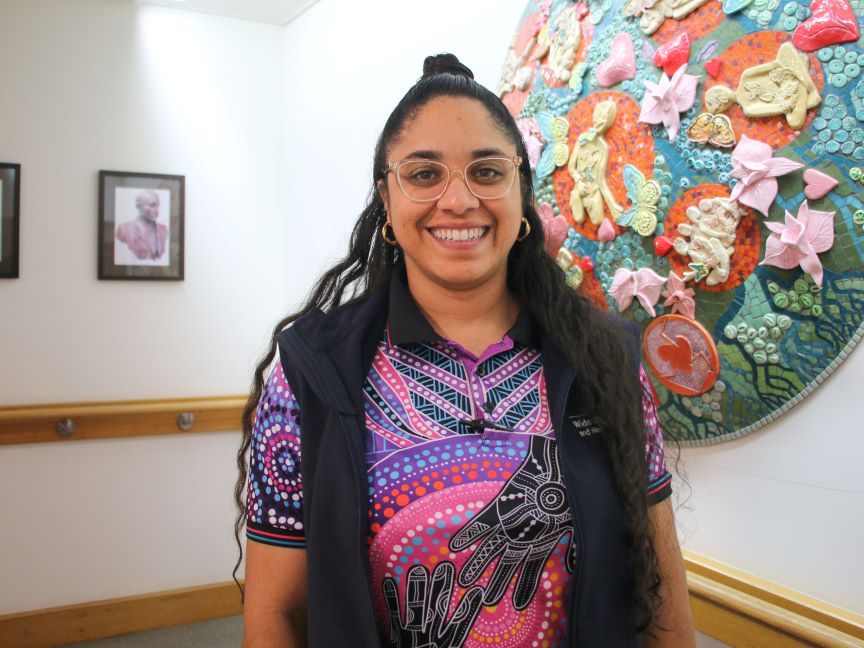
After years working as a Registered Nurse in Bundaberg’s busy Emergency Department, Mahkaylia Walsh has shifted focus from bedside care and has spent the last year auditing charts and digging through data.
Her role as the Business Practice Improvement Officer at Bundaberg Hospital has seen Mahkaylia working on additional projects as she found herself uncovering disparities in health outcomes among the Indigenous population.
“I am working closely with out Aboriginal and Torres Strait Island team and have been really excited to have our new Executive Director Paul Weir onboard,” she said.
A key area that Mahkaylia would like to see focus on in the coming 12 months is the number of Indigenous people discharging against medical advice.
“19 per cent of presentations last financial year did not wait to be seen,” she said.
“It is an easy thing to target because if we are able to engage with these patients at the door we can make them feel comfortable and seen so they know help is coming.”
The recent introduction of automatic notifications when First Nations people present at Bundaberg ED is a tool she hopes will help the health service work in the right direction.
Mahkaylia said something that concerns her is the fact that Indigenous demographic in Bundaberg faces disproportionately high rates of two or more chronic diseases compared to the national average.
The prevalence of arthritis, asthma, cancer, and diabetes among Indigenous people in Bundaberg is alarmingly high, with conditions like arthritis and cancer nearly double the national rates - a situation which Mahkaylia says is complicated by limited access to community services and follow-up care, poor GP access and minimal engagement with preventive healthcare services.
“Employment status, income, and housing conditions also play significant roles in these health outcomes,” she said.
While it is a slow burn, Mahkaylia has shifted focus to work on solutions to these systemic issues.
“With projects like our Health Equity Strategy, we are working on an accurate dashboard to track our progress so we will be able to make more real time changes to effect patient care and trends.”